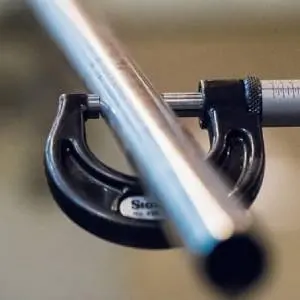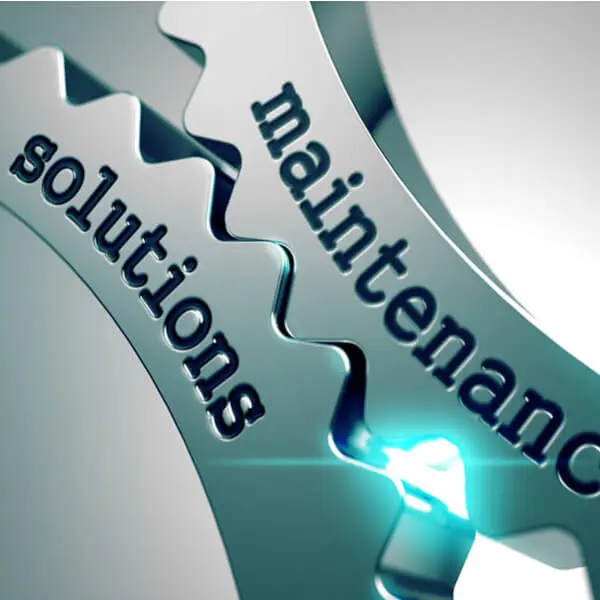****
In the realm of modern manufacturing, efficiency and precision are paramount, and the introduction of high-speed industrial laser cutting machinery has revolutionized the way we approach metal fabrication and material processing. This advanced technology has not only enhanced productivity but has also enabled manufacturers to achieve unprecedented levels of accuracy and quality in their finished products. This article delves into the capabilities and innovations surrounding high-speed industrial laser cutting machinery, examining its applications, advantages, and the future it holds in the manufacturing landscape.
High-speed industrial laser cutting machines operate using concentrated laser beams to cut through various materials, including metals, plastics, wood, and composites. The process is characterized by its speed, precision, and versatility, allowing for intricate designs and complex shapes to be cut with minimal waste. As industries demand more complex and customized products, the ability of laser cutting machinery to adapt to diverse materials and thicknesses becomes invaluable.
One of the primary advantages of high-speed laser cutting is its rapid processing time. Unlike traditional cutting methods, which involve mechanical processes that can be slow and time-consuming, laser cutting machines can process materials in a fraction of the time. This efficiency translates into reduced production times and lower labor costs, making it an attractive option for manufacturers aiming to maintain competitiveness in an increasingly fast-paced marketplace.
Moreover, high-speed industrial laser cutting provides exceptional accuracy. The laser’s focused beam allows for cutting with remarkable detail, which is essential for applications requiring tight tolerances. Industries such as aerospace, automotive, and electronics benefit significantly from the precision of laser cutting, reducing the need for secondary operations and minimizing the risk of material deformation. The ability to produce parts that meet stringent specifications streamlines production workflows and enhances product quality.
Additionally, the versatility of high-speed industrial laser cutting machinery is a key feature that appeals to a wide range of industries. These machines can operate on an array of materials — from thin gauges of aluminum to thicker steel plates — making them suitable for various applications. Furthermore, laser cutting accommodates both large batches and individual custom orders, which is vital for businesses seeking to cater to diverse client needs. This flexibility allows manufacturers to respond promptly to market demands and changes, promoting a more agile production environment.

Exploring the Capabilities and Innovations of High-Speed Industrial Laser Cutting Machinery in Modern Manufacturing Processes
Another significant benefit of high-speed laser cutting technology is its environmentally friendly nature. Traditional cutting methods often generate a considerable amount of waste materials, requiring additional processes for disposal or recycling. In contrast, laser cutting minimizes waste through its precise cutting techniques, which lead to cleaner edges and reduced leftover material. Furthermore, advancements in laser technology have led to increased energy efficiency, further reducing the environmental impact of manufacturing processes.
Innovation is at the heart of high-speed industrial laser cutting machinery, leading to continuous improvements in capabilities and performance. Recent developments include the integration of automation and advanced computer software, which enhance the operational efficiency of laser cutting machines. Automated systems can handle loading and unloading materials with minimal human intervention, resulting in a fully automated production line that operates 24/7. Additionally, sophisticated software allows for better design integration, optimizing cutting patterns and reducing processing time.

Exploring the Capabilities and Innovations of High-Speed Industrial Laser Cutting Machinery in Modern Manufacturing Processes
As we look to the future, the demand for high-speed industrial laser cutting machinery is expected to grow, driven by trends toward customization, environmental sustainability, and Industry 4.0 initiatives. New technologies, such as fiber lasers and hybrid systems, promise to further enhance cutting speeds, material compatibility, and overall performance. As manufacturers continue to seek innovative solutions to meet evolving consumer demands, the role of high-speed laser cutting machinery will become increasingly vital.

Exploring the Capabilities and Innovations of High-Speed Industrial Laser Cutting Machinery in Modern Manufacturing Processes
In conclusion, high-speed industrial laser cutting machinery stands at the forefront of manufacturing technology, providing solutions that enhance speed, precision, and versatility. As industries adapt to new challenges and strive for greater efficiency, the importance of this cutting-edge technology cannot be overstated. With ongoing advancements and a focus on sustainability, high-speed laser cutting will undoubtedly play a crucial role in shaping the future of manufacturing processes across various sectors. 6000w Metal Furniture Laser Cutting Machine
